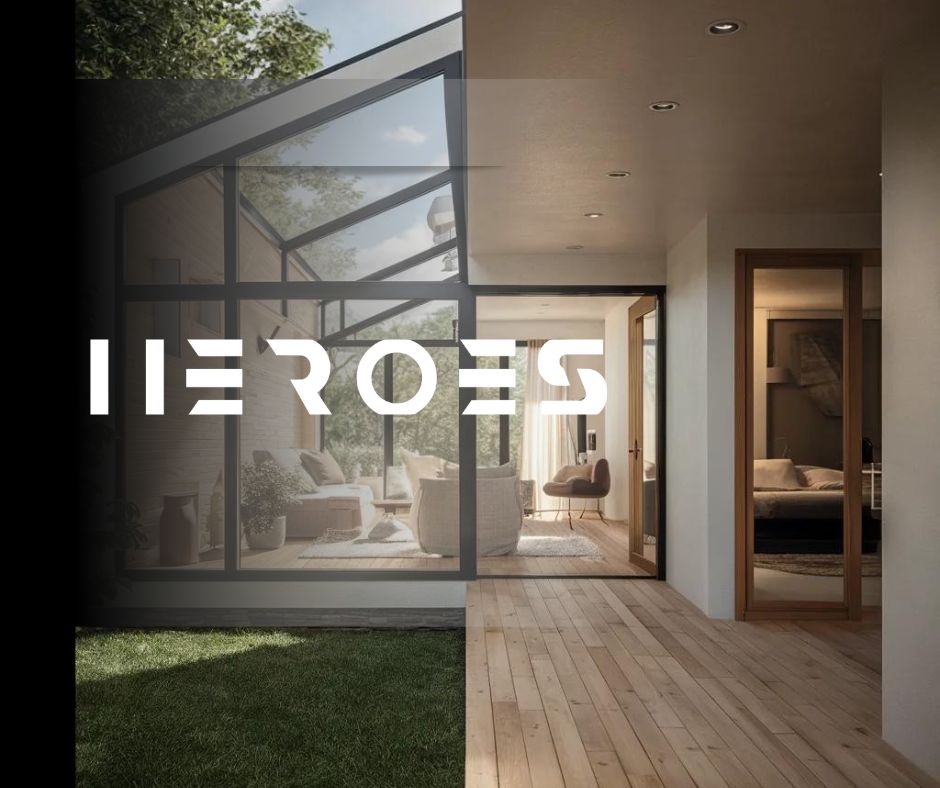In the world of home renovation and design, one of the most intricate tasks is the successful integration of room additions into an existing architectural footprint. The challenge lies not only in creating a space that caters to your functional needs but also in ensuring that the new addition harmonizes aesthetically with the existing structure.
Achieving this seamless blend requires a deep understanding of architectural styles, meticulous planning, and the application of fundamental design principles. Your home should be a coherent entity, not a disjointed compilation of spaces.
As we explore how to accomplish this, we will simultaneously uncover the potential pitfalls and how to avoid them, leaving no stone unturned in our quest to create a harmonious home.
Understanding Your Home’s Architectural Style
To integrate a room addition seamlessly into your home, it’s imperative to comprehend the architectural style of your existing structure. This understanding heavily influences your design decisions. Whether your home is a traditional Victorian, cozy Craftsman, or ultra-modern minimalist structure, each carries its unique design elements that must be respected. Paying attention to the shape of the roof, window styles, and interior detailing such as moldings and trim are vital considerations.
Ignoring these elements can lead to a room addition that sticks out like an architectural sore thumb. A professional architect or designer can provide invaluable advice and guidance in this area. Their expertise ensures the new addition complements and enhances the original structure, rather than detracting from it.
Planning a Seamless Room Addition
Having thoroughly considered your home’s architectural style, the next crucial step toward a seamless room addition is comprehensive planning, which encompasses design, functionality, and adherence to the existing home’s aesthetic.
- Design: Thoughtfully sketch out your ideas, considering how the new space will flow with the current layout.
- Functionality: The room addition should meet the practical needs of your household. Consider how the space will be used and plan accordingly.
-
Aesthetic: The new addition should blend seamlessly with your home’s existing style. Materials and finishes should be complementary, creating a harmonious look and feel.



